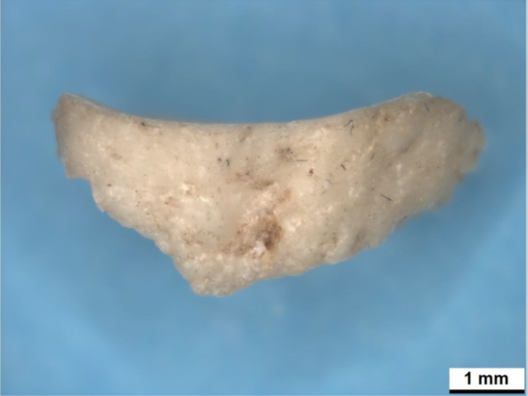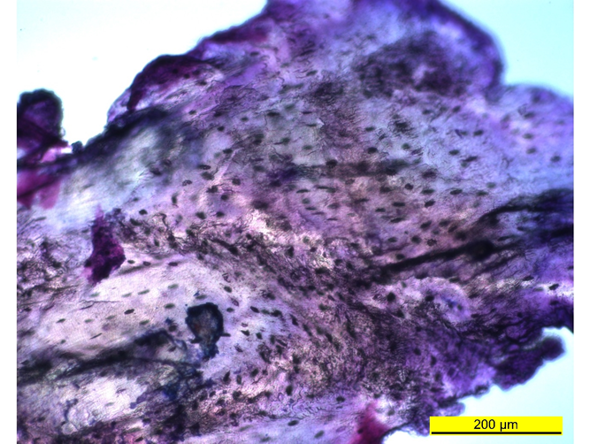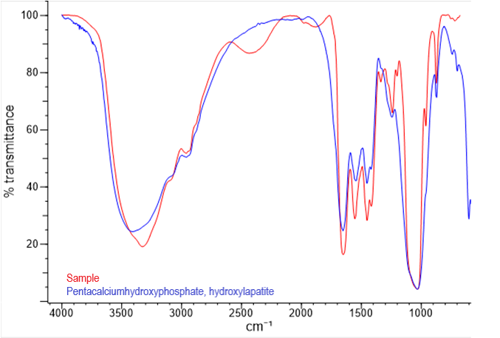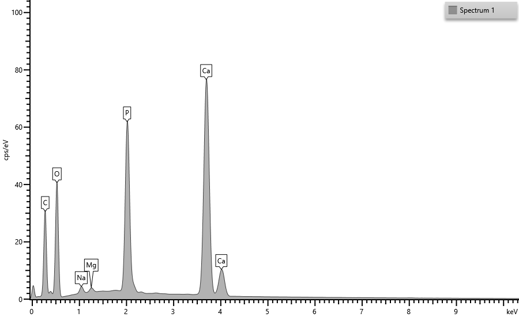An established food manufacturer, producing a wide range of popular ready meals for UK-wide distribution, needed help identifying foreign material found in one of their products.
The challenge
After receiving a product contamination complaint, our client needed to urgently identify the foreign material. A consumer had found what they believed to be a ‘fingernail’ in one of the company’s ready meals and was understandably distressed by its appearance in their food.
With brand reputation and consumer safety potentially at risk, the client asked RSSL’s Microscopy Team to carry out an immediate investigation so that appropriate action could then be taken.




